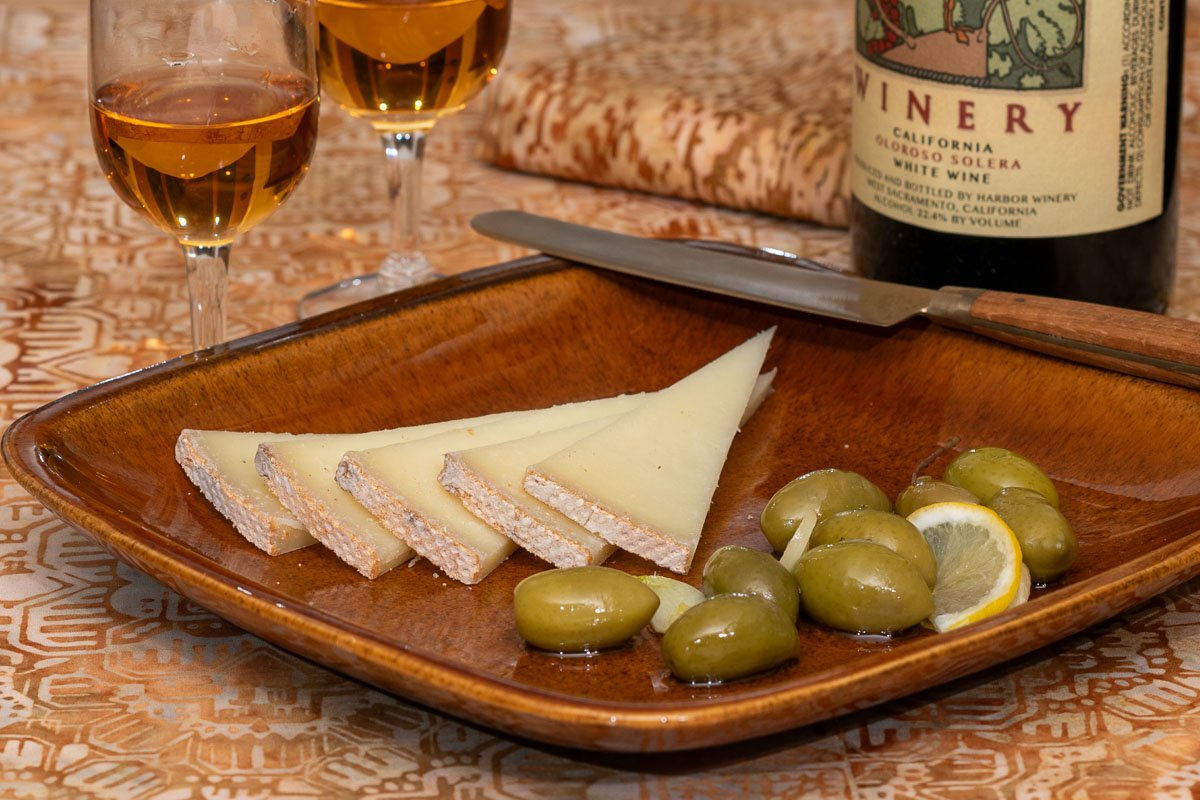Well, cheese fans, the year is off to a great start. A beloved French cheese—one of my favorites—has returned to the U.S. after a five-year absence. To be honest, I had given up hope of ever putting it on a cheese board again, but I hadn’t realized its very survival was in doubt. Now, thanks to some out-of-the-box thinking, this magnificent sheep cheese is on more secure footing and has a future.
The massive Abbaye Nôtre-Dame de Belloc has housed Benedictine monks in the Basque region since 1875. During World War II, the monastery was active in the French Resistance and helped many people escape the Nazis. The monks introduced cheesemaking there in 1959, and for the next three decades, they produced the superb tomme known as Abbaye de Belloc with the raw milk of their own flock. But the monks were aging and dwindling in number, and in the 1990s, they turned the recipe and cheesemaking over to a nearby creamery, although they continued to age the wheels at the abbey.
In 2018, to my dismay and that of many other cheese lovers, they ceased sending Abbaye de Belloc to the U.S. At the time, I was told that the paperwork demands for export were just too onerous. The monastery was down to about 20 residents, most of them elderly. They lacked the manpower to continue the work and no young priests were joining the community to refresh the labor force.
The monks of Abbaye Nôtre-Dame de Belloc
In 2020, the monks made a fateful decision. They would vacate the abbey, move into a neighboring convent and transfer management of the abbey to Habitat et Humanisme, a French nonprofit that works mostly on housing the homeless. Habitat et Humanisme would use the abbey to house cheesemaking interns, as well as health-care aides and others who can’t afford local rents. The influx of young, strong workers to carry out the production and aging of Abbaye de Belloc, along with some funding from a new foundation, has made export possible again.
Back from the brink: Abbaye de Belloc
If you know Abbaye de Belloc from the Before Times, I don’t have to tell you how compelling it is. If you are just getting acquainted, you’ll note its similarity to Ossau-Iraty, the PDO cheese of the region. It is a 9-pound wheel, now made with pasteurized milk from local farms and matured for about 6 months. The hard natural rind will likely be dusted with mold, and the interior will be dense, silky and firm enough to shave with a cheese plane if you like. The aroma suggests brown butter, cooked cream, toasted nuts and pale caramel, and the flavor is mellow, not peppery or sheepy.
The first shipments are just landing in stores so please be patient. “It’s getting a nice, warm reception,” says Stephanie Ciano of World’s Best Cheese, the importer. I think most of the top shops will want to carry it. In the meantime, look for it at these locations:
East Coast
Bower’s Fancy Dairy (Washington, DC)
Capella Cheese (Atlanta)
Cavaniola’s (Amagansett and Sag Harbor, NY)
The Cheese Shop (Carborro, NC)
Citarella’s (all locations)
Dobbs & Bishop Cheese (Bronxville and Scarsdale, NY)
J. S. Prescott (Cincinnati)
Mill Road Cheese (Westhampton Beach, NY)
S. Mandros Imported Foods (Lancaster, PA)
Savory Gourmet (Lititz, PA)
West Coast
Andrew’s Cheese Shop (Santa Monica, CA)
Cheese Board Collective (Berkeley, CA)
Cheese Store of Beverly Hills
DeLaurenti (Seattle)
Gus’s Market (San Francisco/all locations)
Lavender Ridge Vineyard (Murphys, CA)
Lucy’s Market (Soldotna, AK)
O’Brien’s Market (Modesto, CA)
Oxbow Cheese Merchant (Napa, CA)
Raxakoul Coffee and Cheese (Berkeley, CA)
San Francisco Wine and Cheese
Say Cheese (Los Angeles)
Wally’s (Beverly Hills and Santa Monica, CA)
Woodlands Market (Kentfield, CA)




